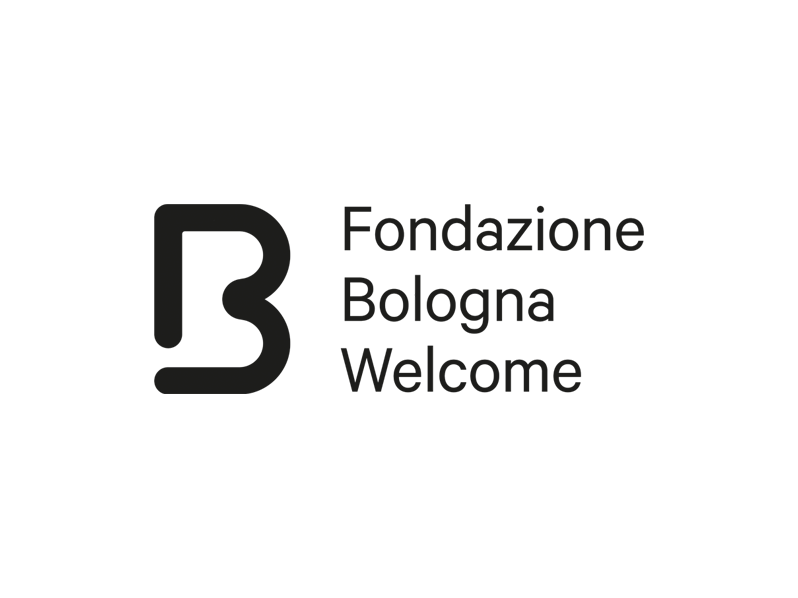Renaissance art in Bologna
Updated on 21 November 2022 From Bologna Welcome
Mirella Cavalli is currently curator of the collections at the Pinacoteca Nazionale in Bologna. In the ranks of the Ministry of Culture since 1997, she was formerly employed in the Supervisory Authority dealing in particular with heritage protection.
We begin our visit with the Basilica of San Domenico, home to the sumptuous Ark of San Domenico, a magnificent memorial containing the sarcophagus with the remains of the saint from Guzmán. Three centuries of history and sculptures by four great artists, Nicola Pisano, Niccolò Dell'Arca, Michelangelo Buonarroti and Alfonso Lombardi, coexist here harmoniously. Michelangelo is credited with the candelabra-holding angel on the right and Saints Proculus and Petronius in the cymatium.
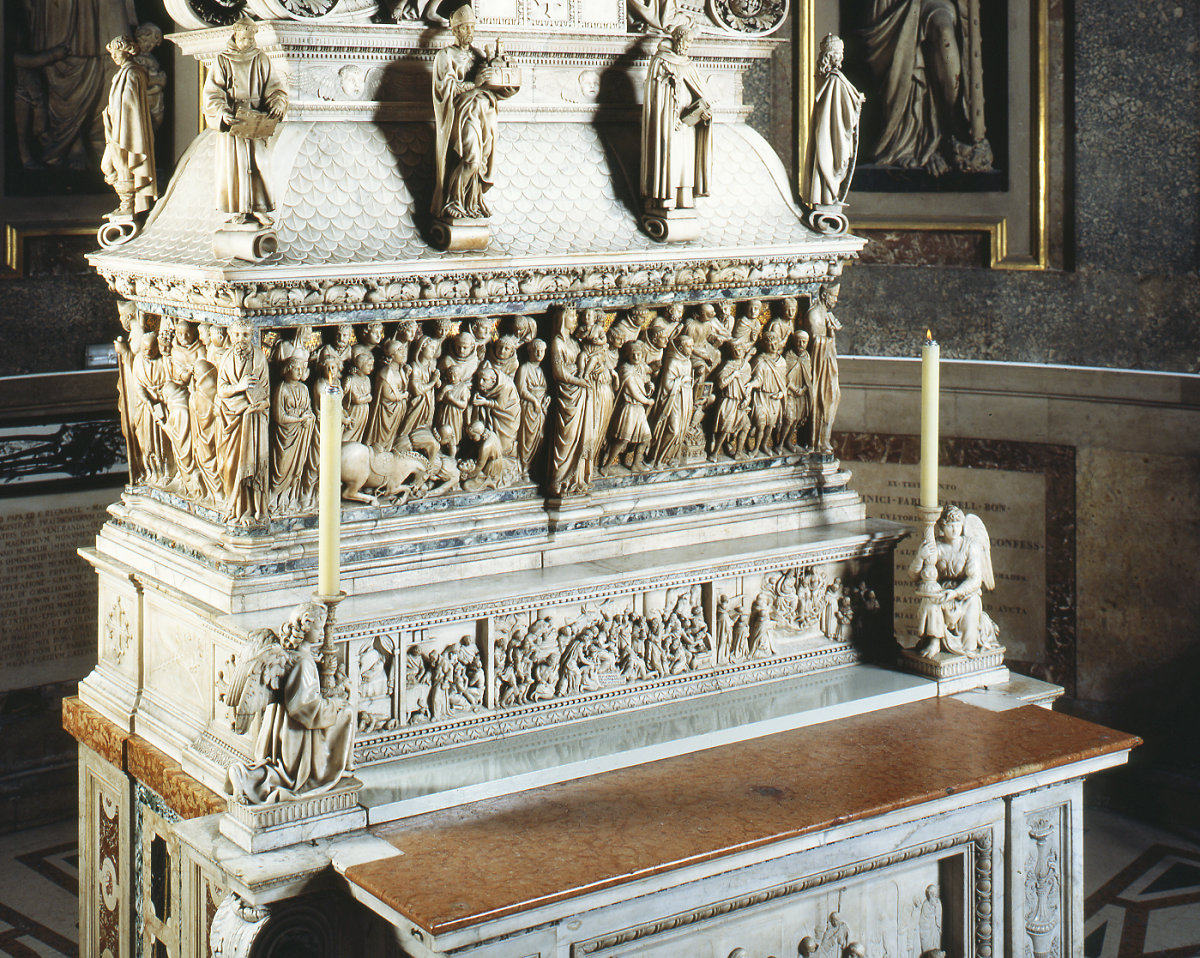 Ark of San Domenico, Pisano, Dell'Arca, Michelangelo, Lombardi ©MiC -Emilia-Romagna Regional Museums Directorate
Ark of San Domenico, Pisano, Dell'Arca, Michelangelo, Lombardi ©MiC -Emilia-Romagna Regional Museums Directorate
The renown gained for the completion of the splendid Ark of San Domenico secured Niccolò d'Apulia, by then known as Niccolò dell'Arca, the commission for his most famous work, the Lamentation over the Dead Christ, a group of seven terracotta sculptures placed in the chapel at the end of the right aisle of the Church of Santa Maria della Vita. These sacred representations, very popular in the Renaissance period, envisaged the emotional involvement of the faithful through the agony of the characters witnessing Jesus' death. Gabriele d'Annunzio called the sculptural complex a "stone scream", an effective and extraordinary epitome of this incredible masterpiece.
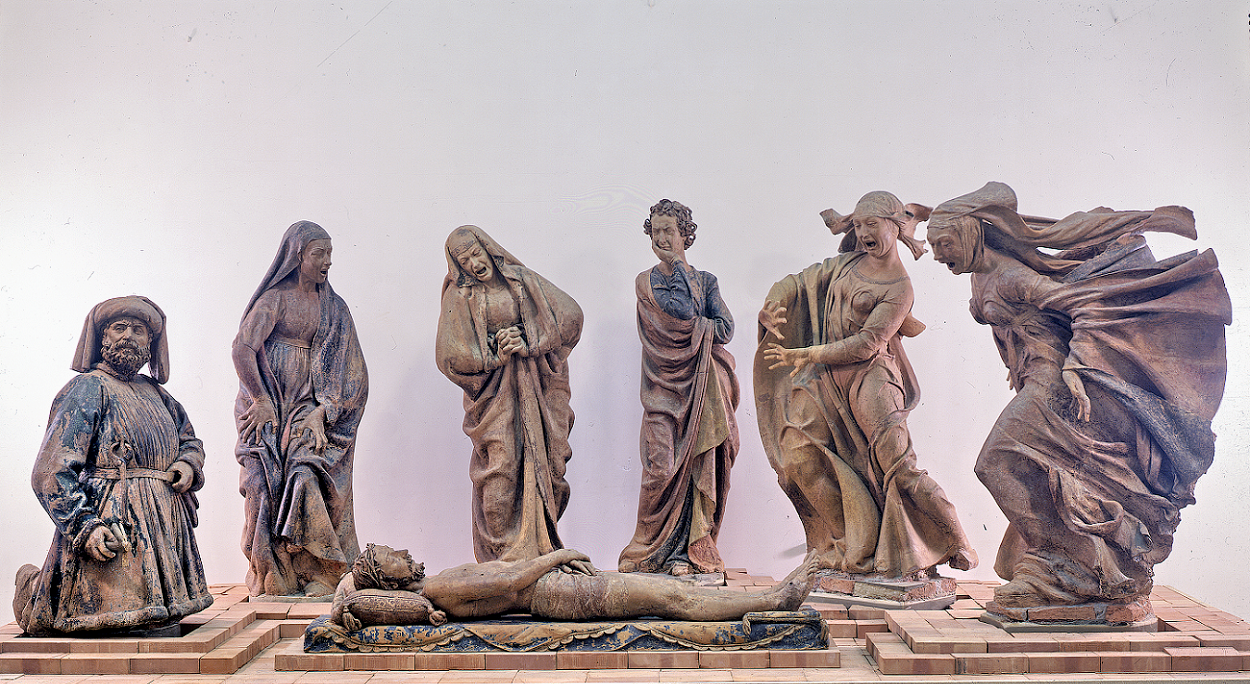 Lamentation over the dead Christ, Niccolò dell'Arca, Church of Santa Maria della Vita, photo by Paolo Righi
Lamentation over the dead Christ, Niccolò dell'Arca, Church of Santa Maria della Vita, photo by Paolo Righi
Adjoining the church is the Oratory of Santa Maria della Vita, home to another outstanding terracotta sculptural group: the Funerali della Vergine (Funerals of the Virgin), realised by Alfonso Lombardi between 1519 and 1522. Placed scenographically within a raised niche, the fifteen sculptures depict an episode narrated in the Apocryphal Gospels and in Jacopo da Varagine's Golden Legend: during the Virgin's funeral, a Jewish priest attempts to overturn the coffin but is deterred by an angel who appeared in heaven and then punished by the amputation of his hands.
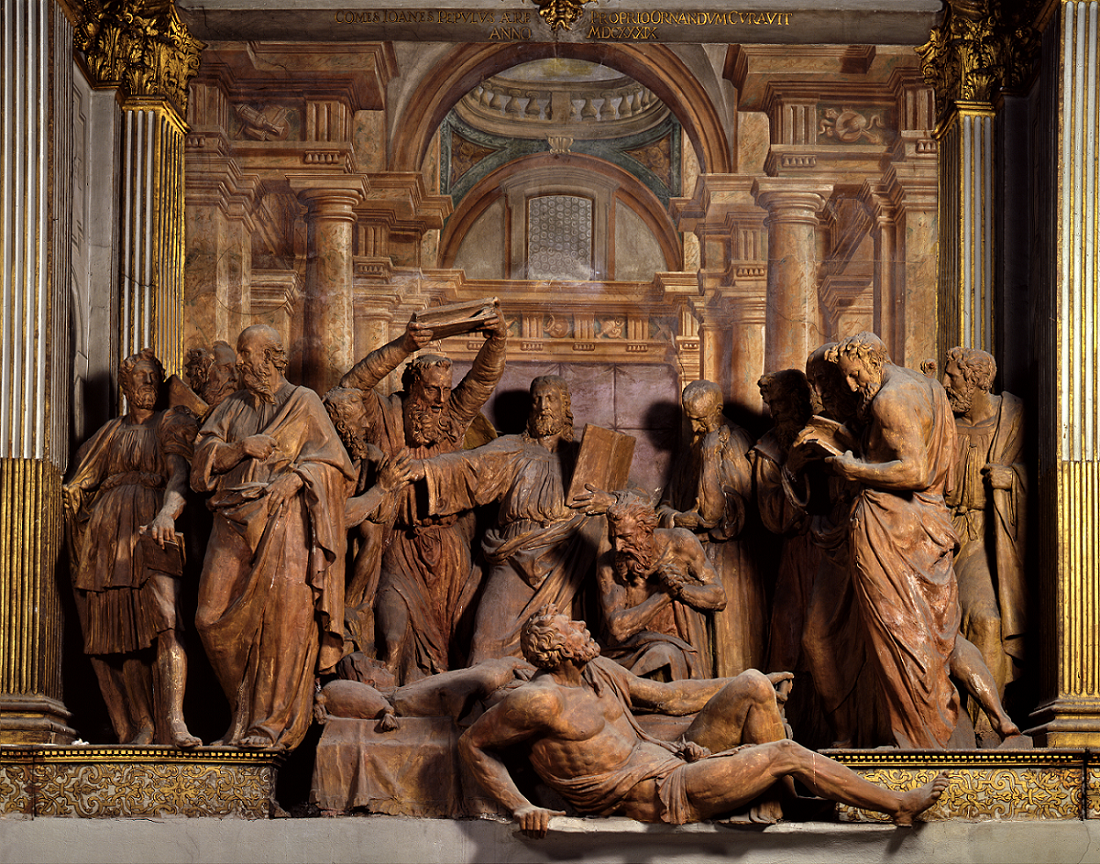
Alfonso Lombardi, Funerali della Vergine ©MiC -Emilia-Romagna Regional Museums Directorate
Important Renaissance works can also be found in the Basilica of San Petronio: from the three portals on the parvis to the long series of sculptures and paintings in the interior. Among the latter, it is worth dwelling on one of the city's most unique pictorial works, the Pietà with Saints Mark, Ambrose, John the Evangelist and Anthony Abbot painted in 1519 by Amico Aspertini for the Garganelli Chapel, the third to the right of the altar. Immersed in a gloomy light, under a sky strewn with clouds pierced by divine light, the saints participate in the pain of the Virgin, depicted with the stiffened body of her dead Son on her knees, reflecting an iconography typical of German art.
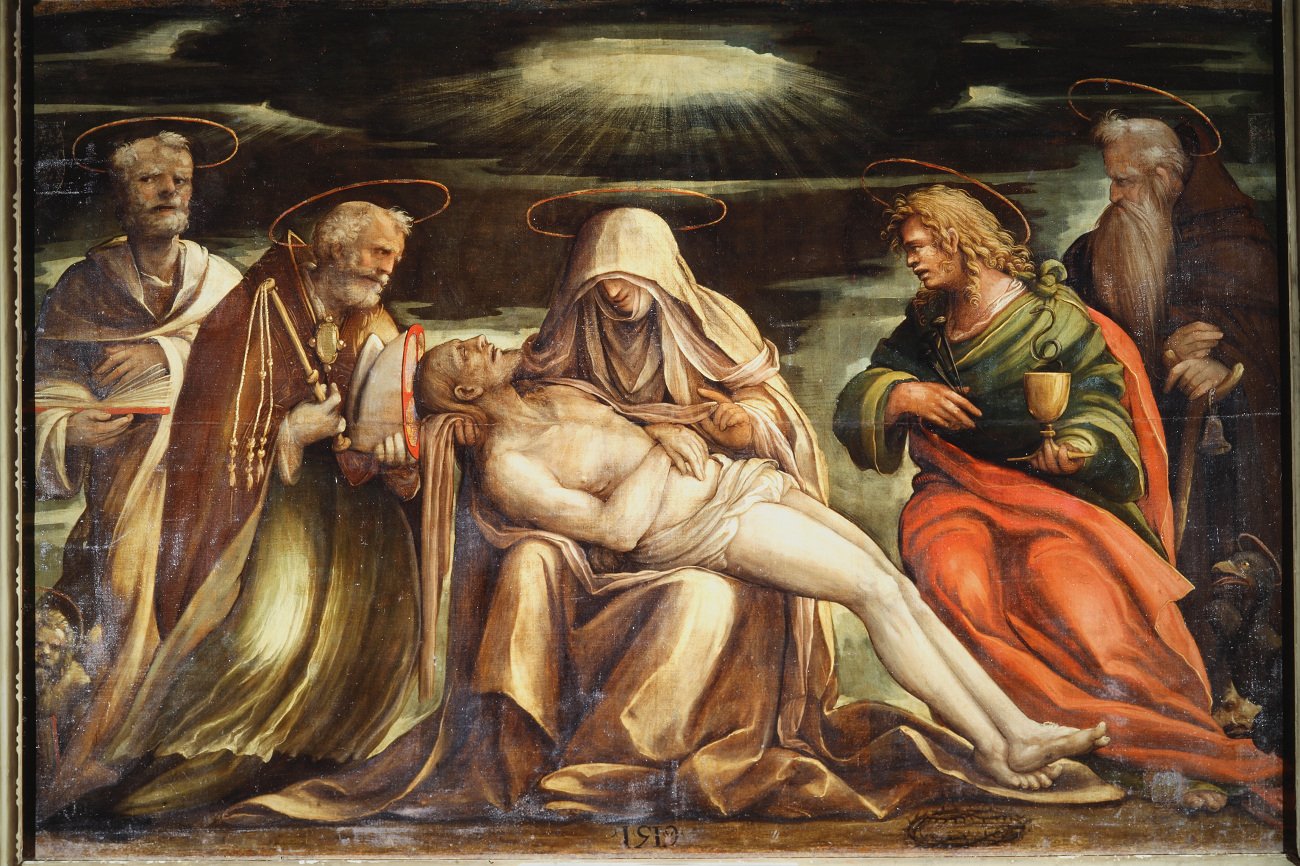
Amico Aspertini, Pietà with the Saints, Basilica di San Petronio ©MiC -Emilia-Romagna Regional Museums Directorate
At the end of the right aisle of the Basilica of San Giacomo Maggiore we find the Bentivoglio Chapel, the celebratory centre par excellence of the family holding the government of the city in the golden years of the early Renaissance. The decoration was mainly carried out by Lorenzo Costa in 1488, while the altarpiece was painted by Francesco Francia. Both artists served at the court of Giovanni II Bentivoglio, who chose to have himself and his extensive family portrayed in the large panel on the right wall.
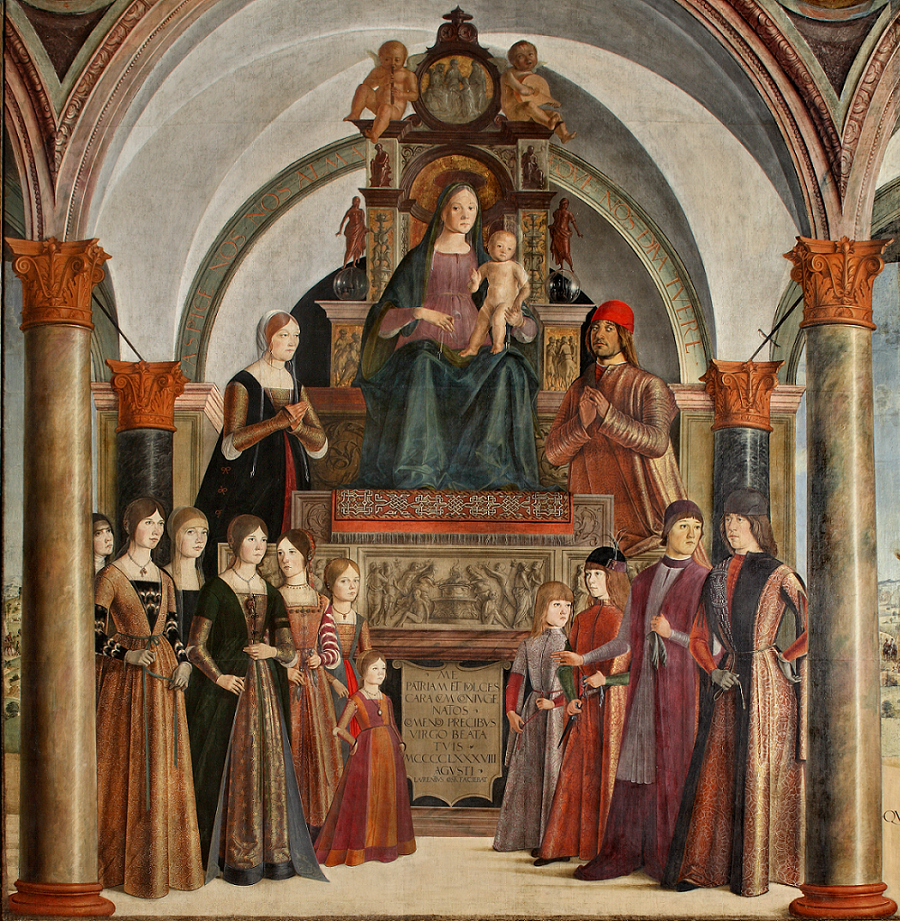
Lorenzo Costa, Portrait of Giovanni II Bentivoglio's family ©MiC -Emilia-Romagna Regional Museums Directorate
The portico of the Basilica of San Giacomo Maggiore leads to the Oratory of Santa Cecilia, a particularly enchanting sight dominated by the fresco cycle of Saints Cecilia and Valeriano that runs along the side walls, the best preserved and most interesting mural decoration of the Bolognese Renaissance. Completed by the artists Lorenzo Costa, Francesco Francia and Amico Aspertini between 1505 and 1506, the cycle is the last major decorative commission of Giovanni II Bentivoglio, on the eve of his expulsion from the city by Pope Julius II (1507), the event that marked the beginning of the Second Bolognese Renaissance.
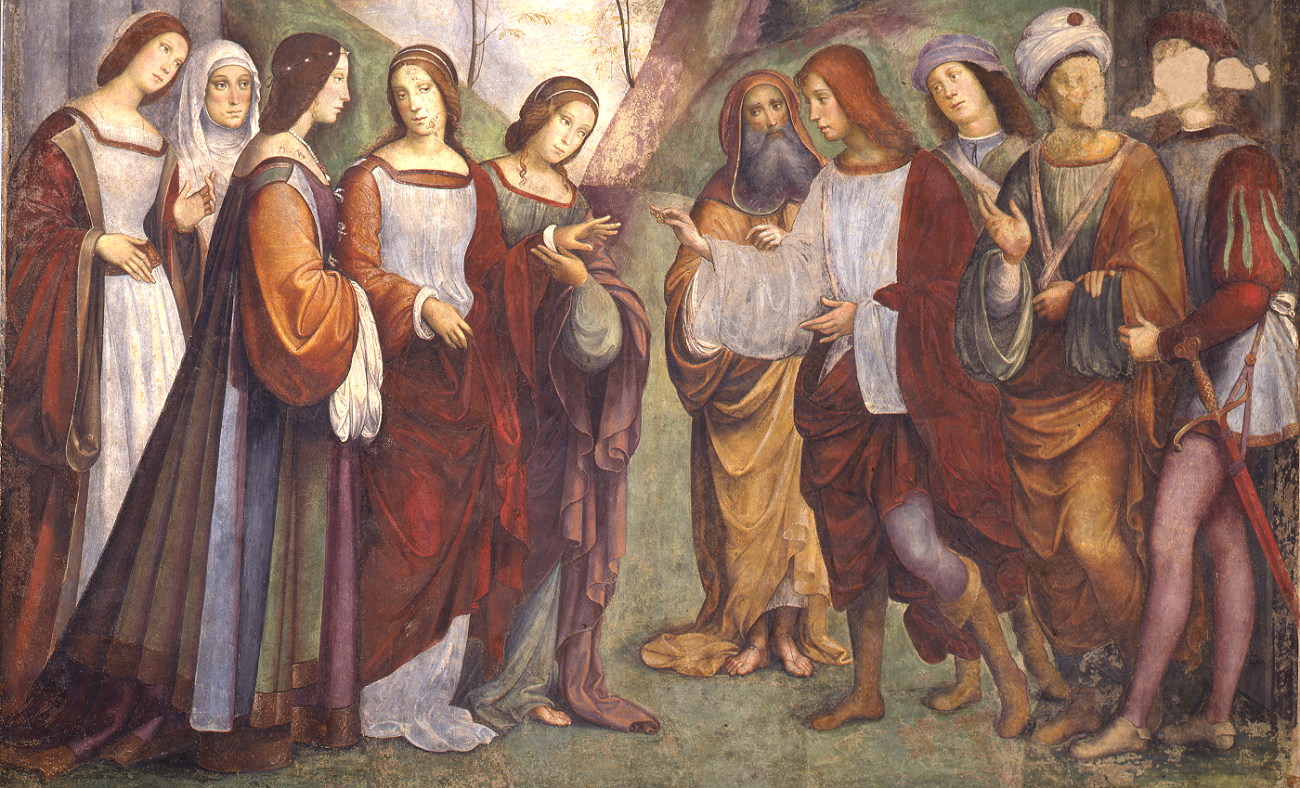
Francesco Francia, The Marriage of Cecilia and Valerian ©MiC -Emilia-Romagna Regional Museums Directorate
Walking down Via Zamboni, we arrive at the Pinacoteca Nazionale, home to the Bentivoglio Adoration by artist Francesco Francia, among the many other works in the collection. This unusual Nativity scene features, along with the Holy Family and Saints Augustine and Francis, two sons of Giovanni II Bentivoglio, governor of the city: Anton Galeazzo and Alessandro. The sharp luminosity, the brilliant and precious colours of the drapery, the refined execution of every detail are the distinguishing marks of this fascinating painter.
Pala Bentivoglio, Francesco Francia ©MiC - Pinacoteca Nazionale of Bologna
A significant role in the evolution of the Bolognese Renaissance was played by the advent of some major 'foreign' artists and their works, including the Pala Scarani, a painting commissioned to Perugino by Giuseppe Scarani for the family chapel in the Church of San Giovanni in Monte and now part of the collections of the Pinacoteca Nazionale. Painted in Florence with the assistance of collaborators, its appearance in Bologna around 1500 led local artists to accentuate their affinities with the Umbrian painter's manner and his pensive gentleness, particularly evident in the heads of saints silhouetted against the blue sky.
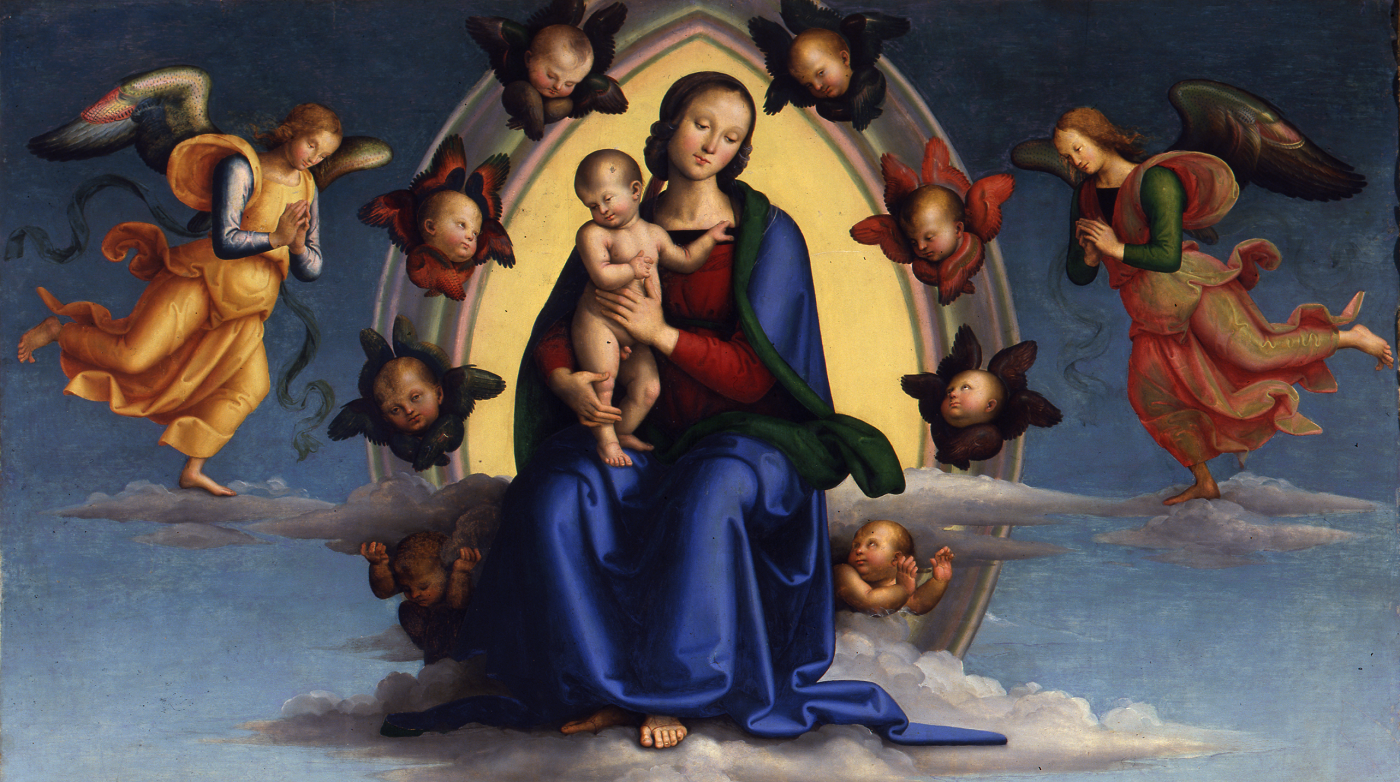
Perugino, Madonna with Child ©MiC - Pinacoteca Nazionale of Bologna
Before leaving the Pinacoteca Nazionale, be sure not to miss the outstanding style of the Ecstasy of Saint Cecilia by Raphael, a masterpiece which wielded an enormous evocative power over Bolognese artists, making it the pivot towards the evolution of local painting until the 17th century. Painted for the Duglioli Chapel inside the Church of San Giovanni in Monte, the scene depicts the moment Cecilia drops the pipes of the portative organ in her hands, symbol of earthly joys, and turns her gaze to the choir of angels, emblem of divine love.
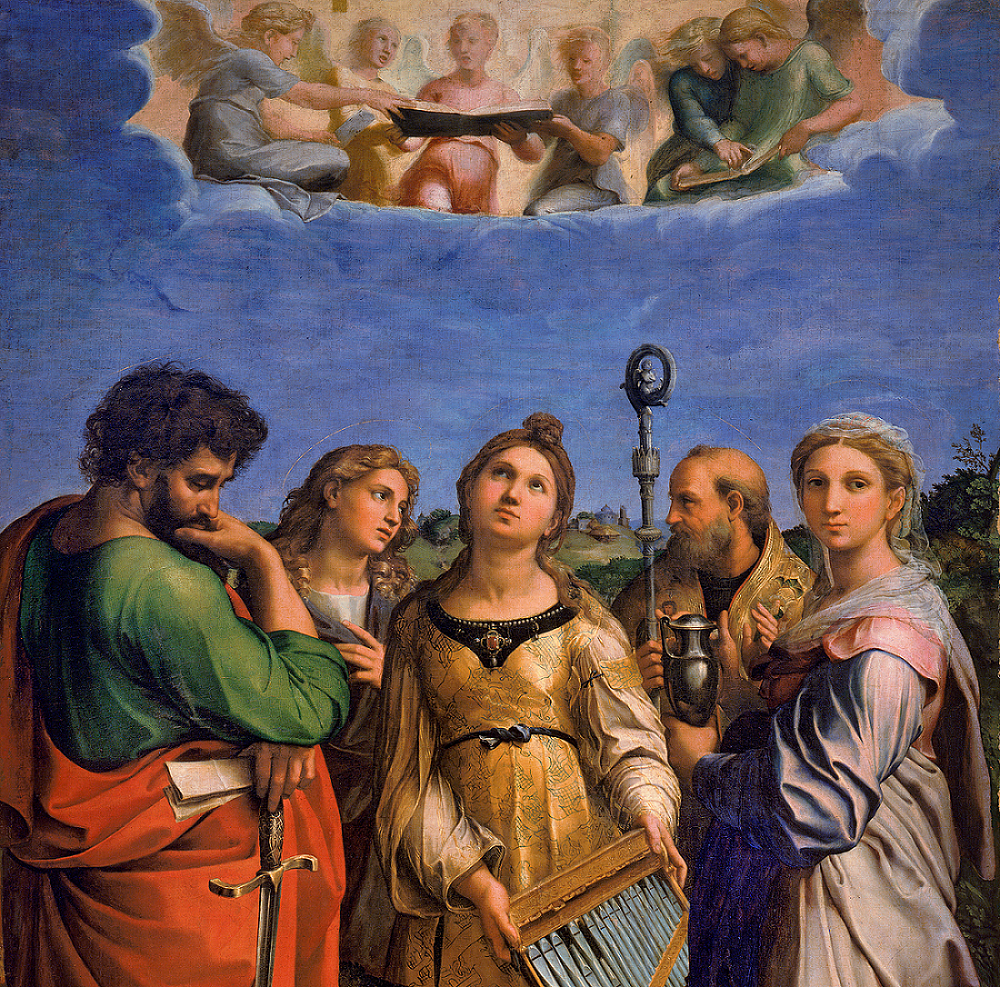
Raffaello, Ecstasy of Saint Cecilia ©MiC - Pinacoteca Nazionale of Bologna
Trips to the famous hills of Bologna afford a particularly pleasant experience among green landscapes and new city perspectives emerging from the slopes. The terrace on the hill of the Church of San Michele in Bosco offers a breathtaking view!
Whether on foot or by transport, a visit to this complex and its New Sacristy (Coro Notturno) also reveals a piece of the profound devotion paid to Raphael by the Bolognese artists of the 1620s.
The characters' monumentality and compositional styles of the great Italian painter are revived here in the frescoes by Innocenzo da Imola that adorn the apse wall and the lunettes above. The arrangement of the apostles in the Transit of the Virgin frescoed on the apse wall, in particular, recalls Raphael's School of Athens, while the Transfiguration in the Pinacoteca Vaticana, one of his last works , is revisited through the similar scene decorating the wall opposite the apse, attributed to Girolamo da Carpi in collaboration with Biagio Pupini.
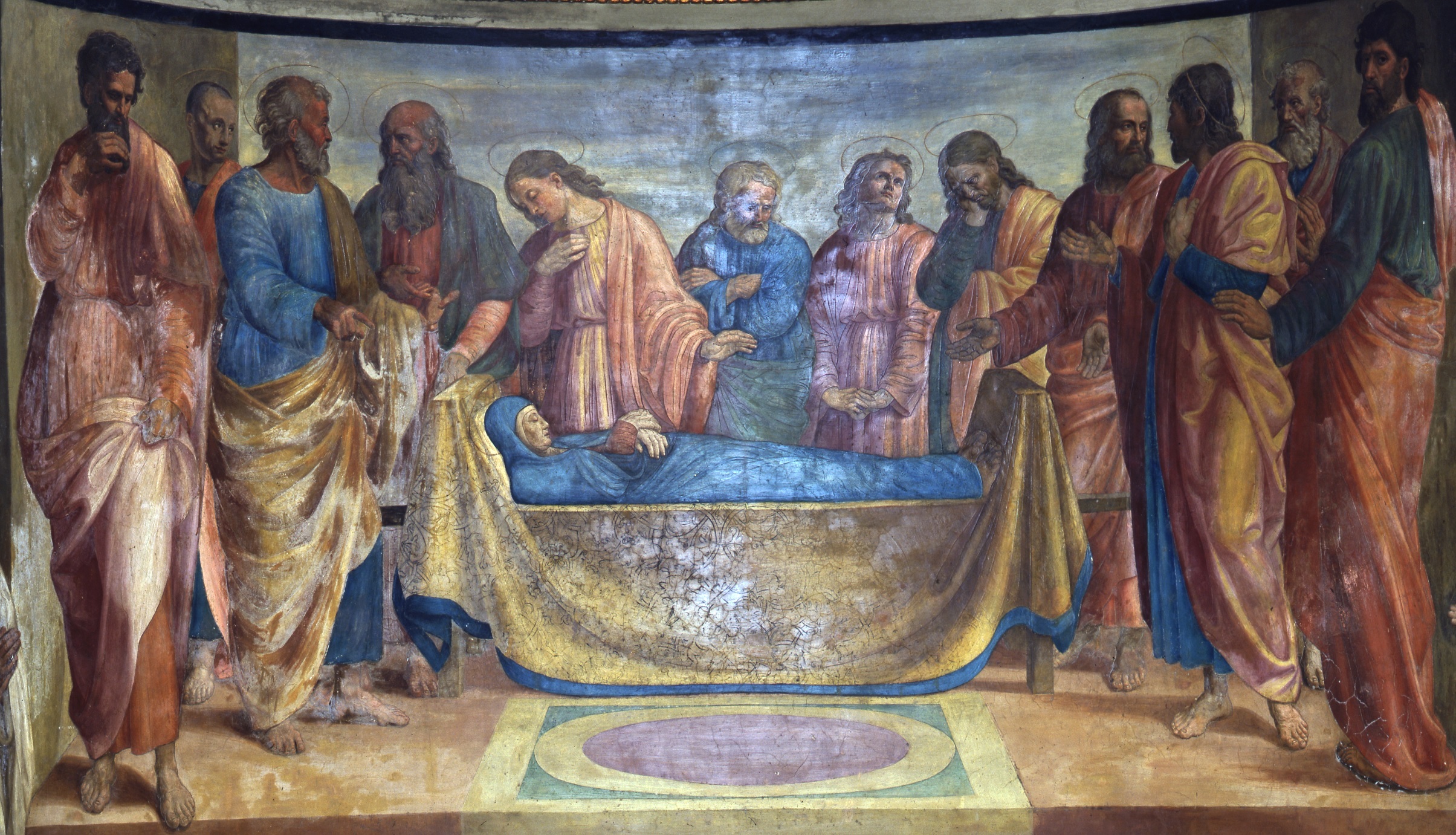
Frescoes inside the New Sacristy, Innocenzo da Imola ©MiC -Emilia-Romagna Regional Museums Directorate
